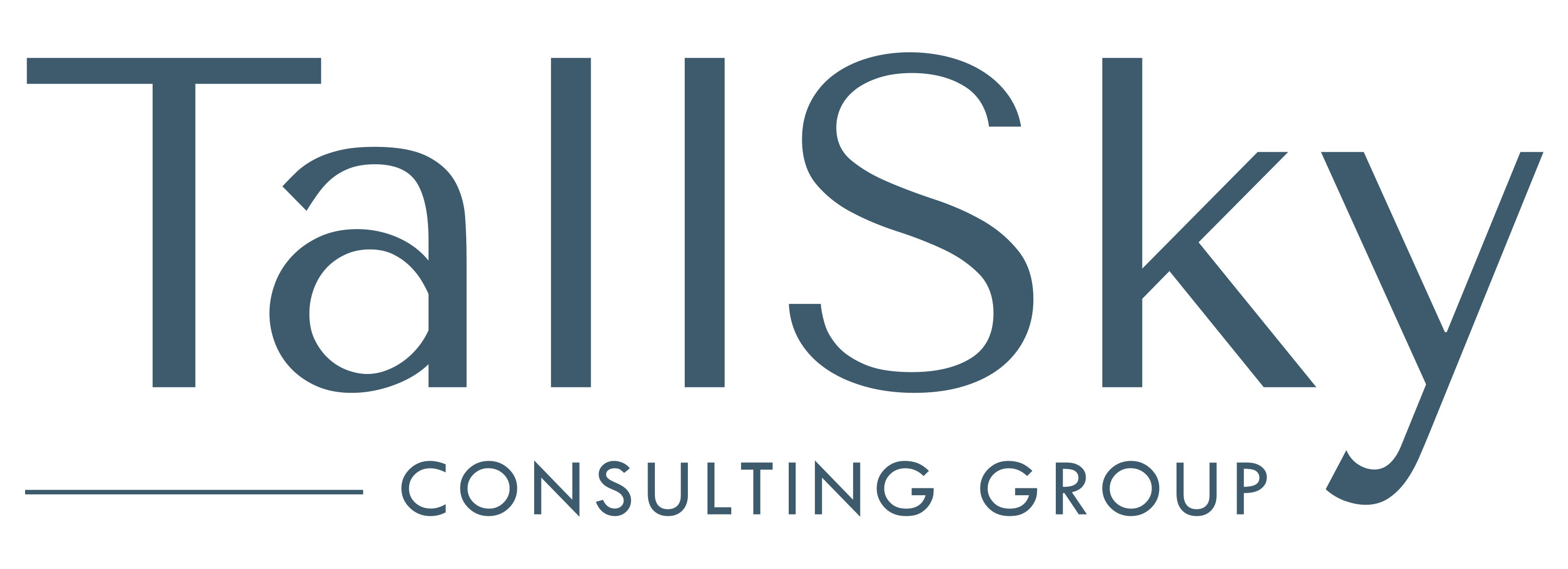
As leaders navigate the challenge of a ‘hustle culture’ in the ever-evolving landscape of professional life, the concept of work-life balance has undergone a significant transformation. Gone are the days when it was considered a static achievement; today, it’s recognized as an ongoing cycle. Lessons learned from recent times emphasize the intertwining of professional and personal well-being, and the critical role of leadership in fostering a healthy work culture. This forced integration of work and life made it clear that achieving a perfect balance is challenging, if not impossible.
According to a national poll, a total of 45% of the Canadian respondents reported that they had left vacation days on the table in 2022, with 68% of them admitting that they are working while they are on vacation. As we delve into the nuances of this evolving paradigm, we discover valuable insights that go beyond the constraints of a post-COVID narrative. Self-care and wellness is not a nice to have in today’s environment, it is a necessary business strategy to ensure organizational sustainability.
Lesson 1: A Holistic Approach to Wellness. Work-life balance has transcended the traditional boundaries, now encapsulating a holistic approach to wellness. It’s about recognizing the importance of supporting employees in all dimensions of their lives. As this understanding deepens, leaders are crucial in championing initiatives that promote physical, mental, and emotional well-being among their teams.
Lesson 2: The Role of Breaks and Downtime. The importance of breaks in maintaining a healthy work-life balance is paramount. Whether it’s a brief respite during the workday or an extended vacation, breaks are essential for rejuvenation of mind and spirit. Leaders must encourage their teams to take these breaks but also exemplify this behavior themselves. Recognizing the value of downtime contributes significantly to sustained productivity and overall well-being.
Lesson 3: The Holiday Season as a Catalyst for Refreshment. Approaching the holiday season offers a unique opportunity to emphasize personal wellness. Leaders can set the tone by encouraging their teams to prioritize self-care during this time. Beyond the festivities, the season is a pivotal moment for individuals and leaders alike to step back, recharge, and reflect on personal and professional goals.
Lesson 4: Addressing Leadership Fatigue. As leaders strive to support their teams and navigate complex challenges, they can neglect their own well-being and in the misguided pursuit of a balanced life, leadership fatigue looms large. Addressing leadership fatigue is crucial to fostering a healthy work culture. Organizations need to implement strategies such as mentorship programs, leadership training, and initiatives promoting self-care for their leaders.
In the ongoing evolution of work-life balance leaders play a pivotal role in shaping organizational cultures and prioritizing the well-being of their teams. By championing a holistic approach to wellness, encouraging breaks, leveraging the holiday season for refreshment, and recognizing leadership fatigue, organizations will create an environment where everyone thrives. This enhances the professional experience and also contributes to the creation of resilient, sustainable, and fulfilling work cultures.
